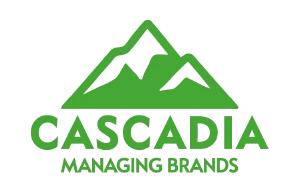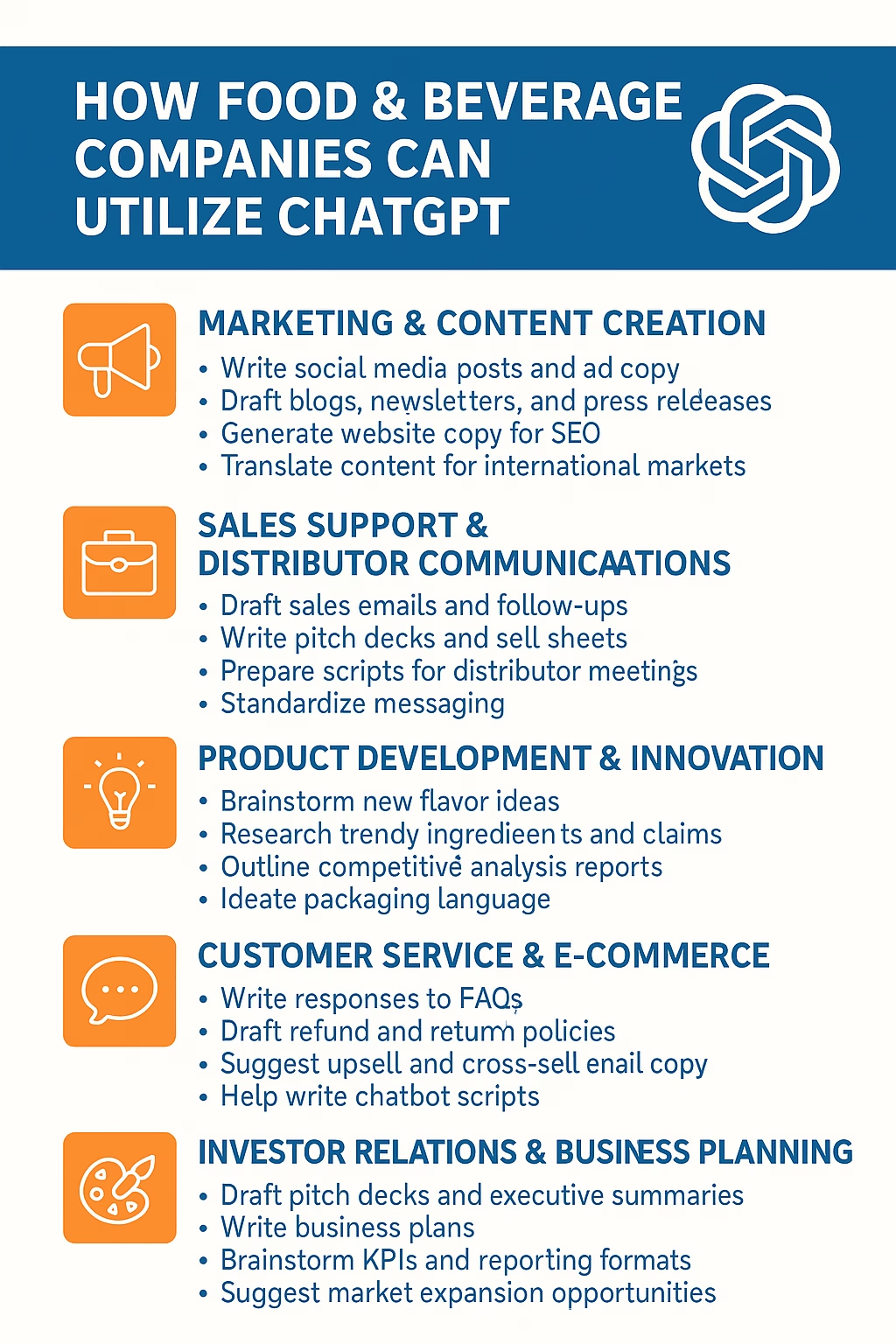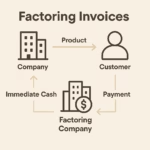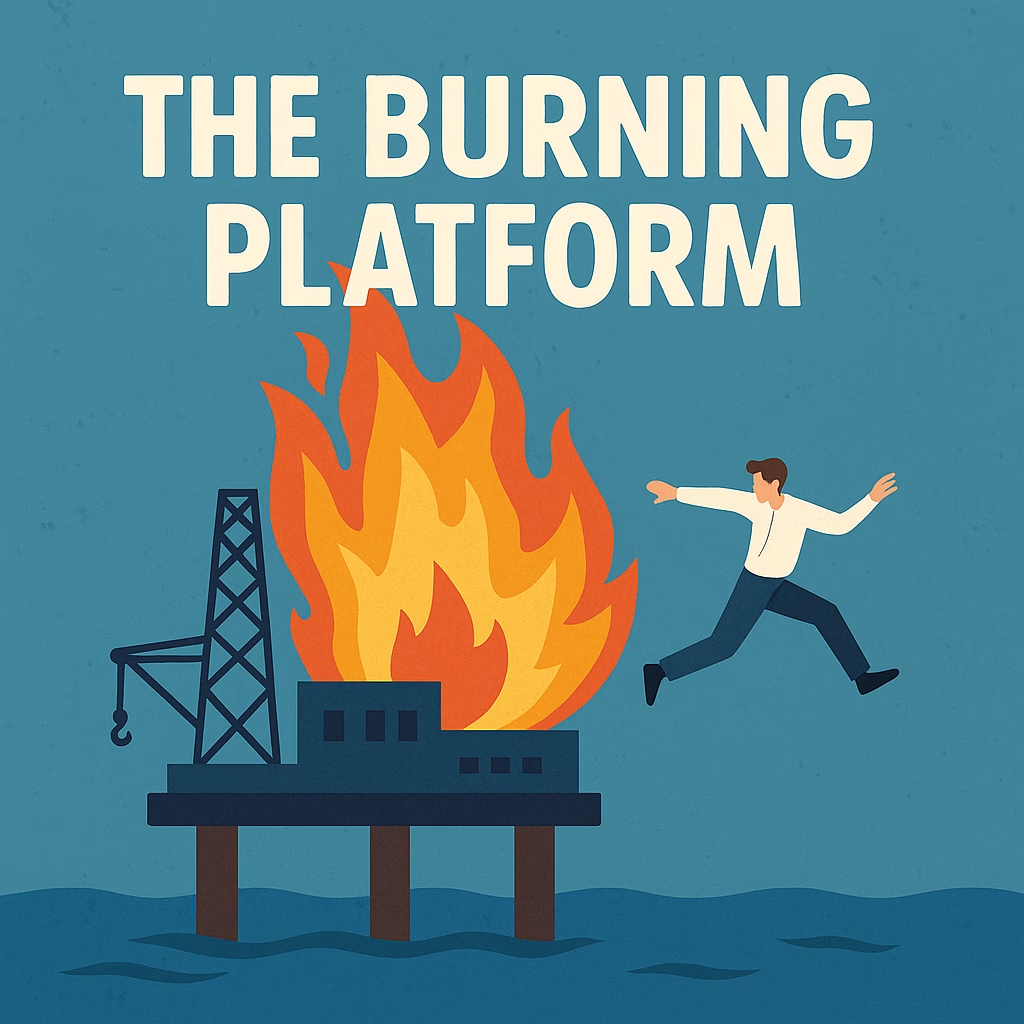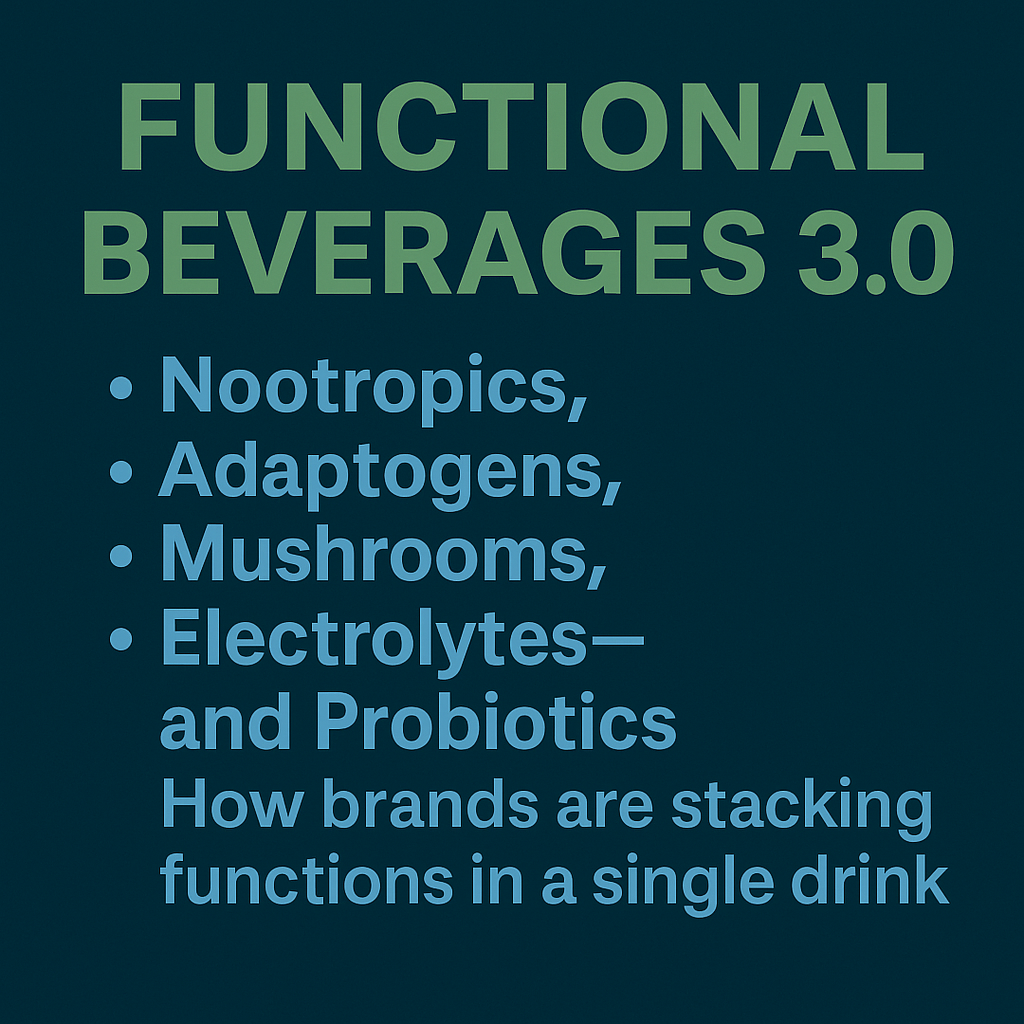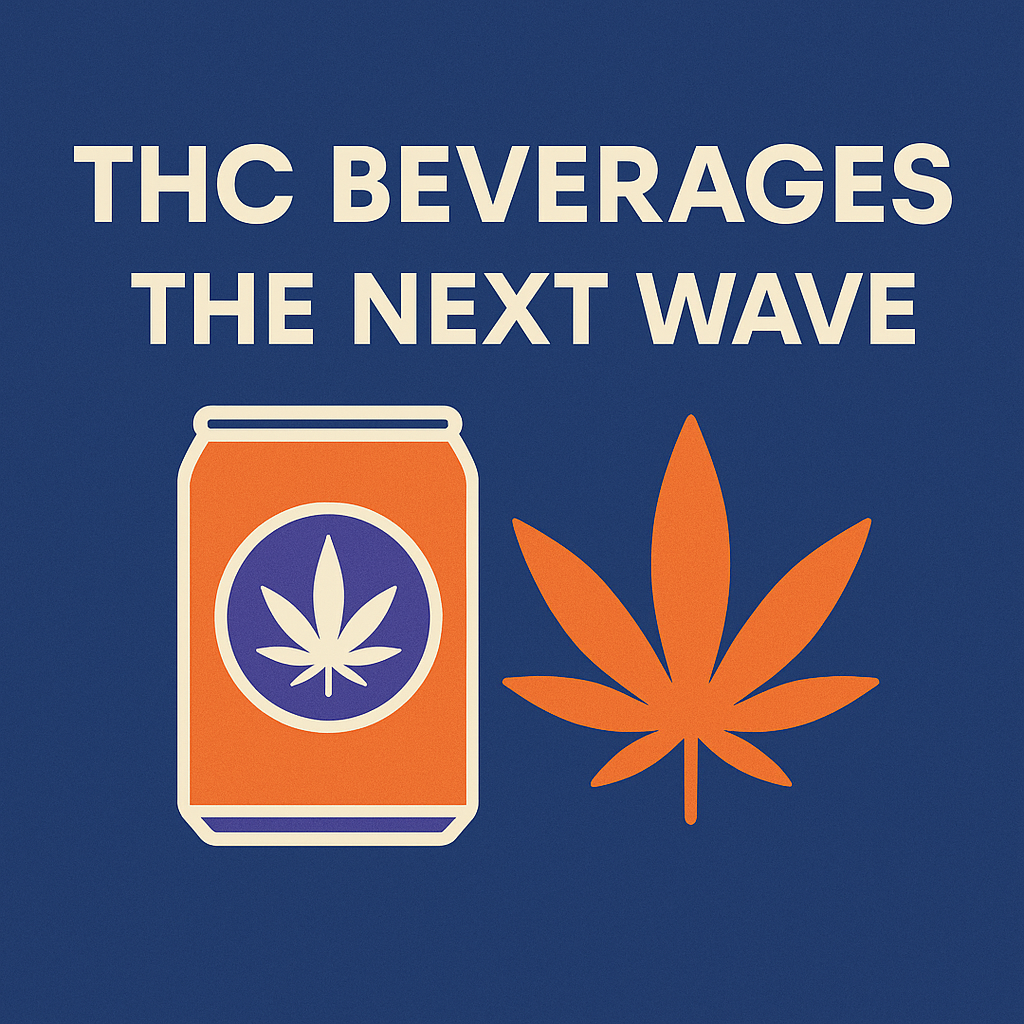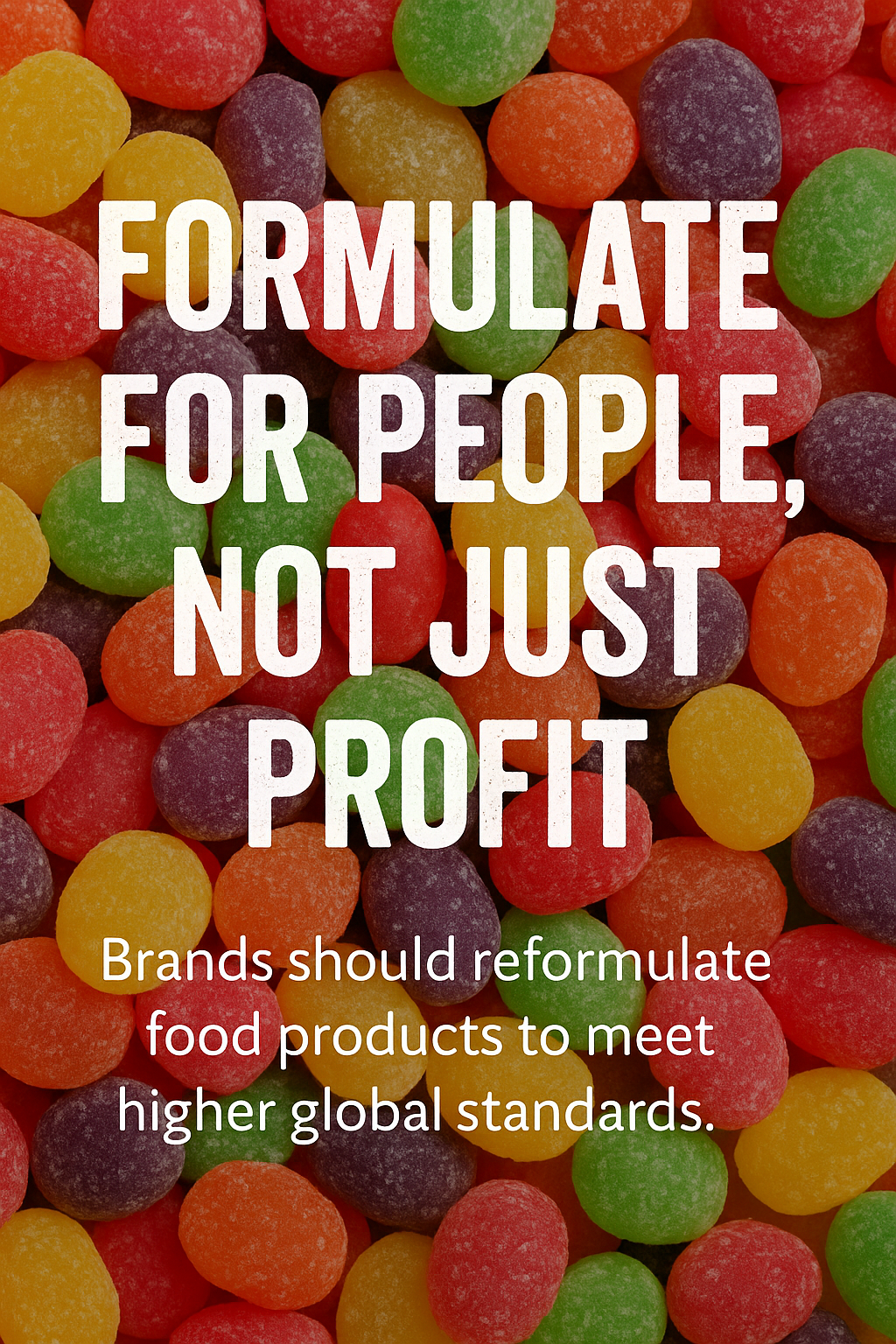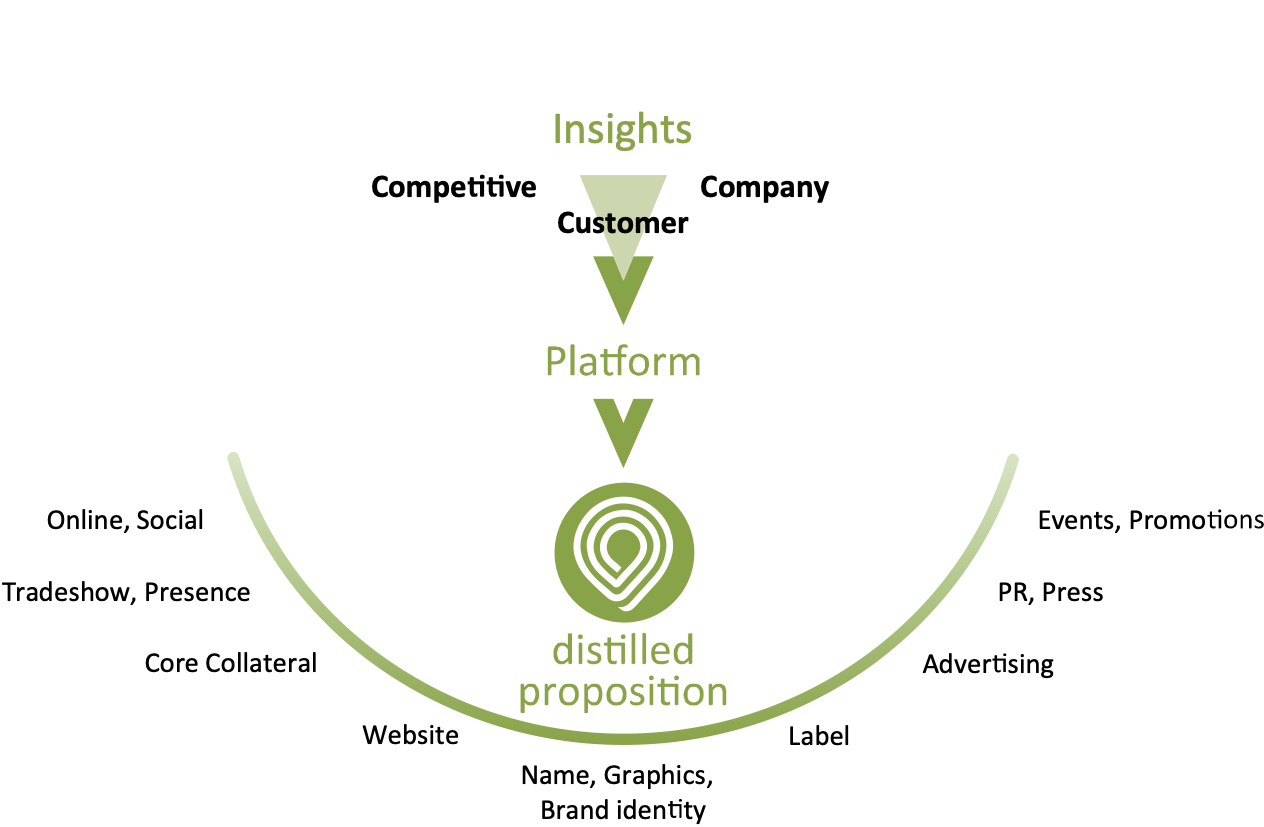The functional beverage space is evolving—fast. What started with protein shakes and vitamin waters has transformed into a sophisticated market…
How Food & Beverage Companies Can Use ChatGPT (The Right Way)
Why AI is now essential—and what to watch out for.
The food and beverage industry is notoriously fast-moving, competitive, and full of daily challenges that eat up time and resources. Whether you’re an early-stage startup or an established player, your team has likely faced problems like:
- Slow content creation
- Expensive consultants or agencies
- Bottlenecks in marketing, sales, or operations
- Missed opportunities for customer engagement
- Difficulty keeping up with trends, innovation, and compliance
Enter ChatGPT—not just a trend but a real tool that can drive productivity and reduce costs across nearly every function in a food and beverage business.
But, as with any tool, there’s a right way (and wrong way) to use it.
What Can ChatGPT Actually Do for F&B Companies?
Here’s a detailed breakdown of what it can do, why it’s valuable, and where human oversight is essential.
1️⃣ Marketing & Content Creation
What ChatGPT Can Do:
- Write social media posts, captions, and ad copy
- Draft blogs, email newsletters, and press releases
- Brainstorm campaign ideas, taglines, and product names
- Optimize website copy for SEO
- Translate content for international markets
Why It’s Valuable:
- Cuts content creation time by up to 80%
- Reduces agency and freelance costs
- Enables faster iteration and A/B testing
- Generates creative ideas you might not think of
What to Double Check:
- Tone and brand consistency (ChatGPT can mimic but can’t own your brand voice without clear instructions and editing)
- Factual accuracy, especially regulatory claims like “low sugar,” “natural,” or “FDA compliant”
- Cultural appropriateness for international audiences
Pro Tip: Always have a human review content before publishing. AI can make subtle (but serious) mistakes in context, humor, or compliance.
2️⃣ Sales Support & Distributor Communications
What ChatGPT Can Do:
- Draft sales emails and follow-ups
- Write pitch decks and product sell sheets
- Prepare scripts for distributor meetings
- Help create distributor onboarding documents
- Respond to common distributor or retailer objections
Why It’s Valuable:
- Speeds up repetitive communications
- Standardizes messaging across your team
- Frees up your sales team to focus on relationship-building, not writing
What to Double Check:
- Pricing, terms, and market-specific details (ChatGPT doesn’t know your proprietary info)
- Regional regulations or retailer-specific requirements
Pro Tip: Use ChatGPT to draft, then customize based on account or territory.
3️⃣ Product Development & Innovation Ideas
What ChatGPT Can Do:
- Brainstorm new flavor combinations
- Research trending ingredients or claims
- Suggest packaging language
- Outline brief competitive analysis reports
Why It’s Valuable:
- Speeds up ideation
- Helps you track trends without hours of manual research
- Can inspire flavor, function, or positioning you might not have considered
What to Double Check:
- Scientific viability (ChatGPT is not a food scientist or regulatory expert)
- Real-world production feasibility
Pro Tip: Use ChatGPT for concepts only. Always vet ideas with your R&D and compliance teams.
4️⃣ Customer Service & E-commerce
What ChatGPT Can Do:
- Write canned responses for FAQs
- Draft refund or return policies
- Suggest upsell or cross-sell email copy
- Help write chatbot scripts
Why It’s Valuable:
- Reduces customer service workload
- Improves response time and consistency
- Personalizes customer interactions at scale
What to Double Check:
- Legal language (have policies reviewed by your legal team)
- Refund terms and customer guarantees
5️⃣ Investor Relations & Business Planning
What ChatGPT Can Do:
- Draft pitch decks and executive summaries
- Write business plans or strategic outlines
- Brainstorm KPIs and reporting formats
- Suggest potential market expansion opportunities
Why It’s Valuable:
- Saves founders and executives hours of writing time
- Helps standardize investor communication
- Can generate different versions or scenarios quickly
What to Double Check:
- Financials (ChatGPT cannot create or verify real financial data)
- Market assumptions and projections
Pro Tip: Use ChatGPT for structure and language, not for decision-making or numbers.
6️⃣ Packaging & Graphic Design Concept Development
What ChatGPT Can Do:
- Brainstorm packaging themes and visual direction
- Suggest mood boards, design aesthetics, and storytelling angles
- Write compelling front-of-pack claims or descriptions
- Draft regulatory-compliant copy (with human review)
- Generate ideas for unique dielines, textures, or shapes (for the designer to explore further)
- Help brief graphic designers or packaging engineers clearly
Why It’s Valuable:
- Helps non-designers think strategically about packaging from the start
- Provides a creative “jumping-off point” to avoid designer’s block
- Saves time during the briefing phase
- Keeps brainstorming aligned with the brand story and market trends
What to Double Check:
- Actual print and production feasibility (ChatGPT can’t assess technical print requirements, die cuts, or material constraints)
- Regulatory compliance for claims and label copy
- Cultural sensitivities in design choices or language
Pro Tip: Use ChatGPT to create concept briefs or first-round ideas, then let professional designers and packaging experts turn those into reality.
Why Using ChatGPT Is More Efficient & Effective
- Speed: What used to take hours can now take minutes.
- Cost Savings: Reduce reliance on agencies, consultants, and freelancers for first-round concepts.
- Scalability: Repurpose drafts for different regions, languages, or retail segments.
- Consistency: Helps enforce a unified voice across sales, marketing, and customer service.
- 24/7 Access: Your AI assistant doesn’t sleep, get sick, or take vacations.
But Don’t Forget: AI Is a Drafting Tool, Not a Decision Maker
Many companies misuse ChatGPT by treating it as a “final answer” generator. It’s not.
Think of it as your fastest junior assistant—great at drafts, brainstorming, and research but still needing direction and approval.
- Do: Use it to save time, spark ideas, and create first drafts.
- Don’t: Use it for final regulatory claims, sensitive communications, or financial decisions without human review.
Final Thought: The Brands Who Use AI Well Will Win
The food and beverage companies that embrace AI now—not as a gimmick but as a tool—will move faster, operate leaner, and outcompete slower rivals.
The ones who resist or misuse it?
They’ll get left behind.
Adopt it. But use it wisely.
